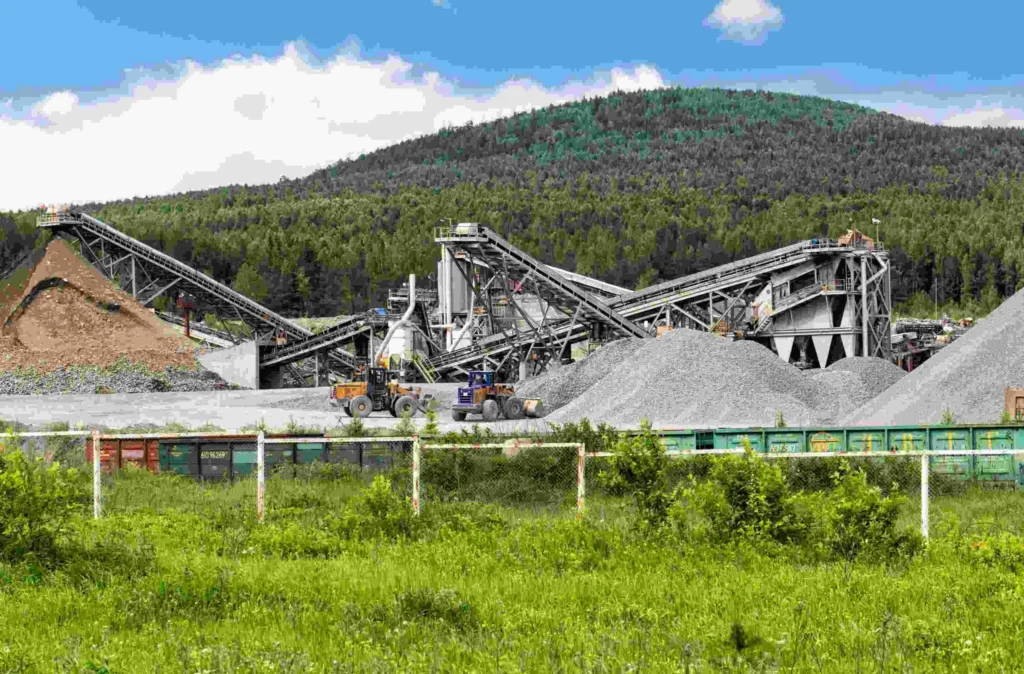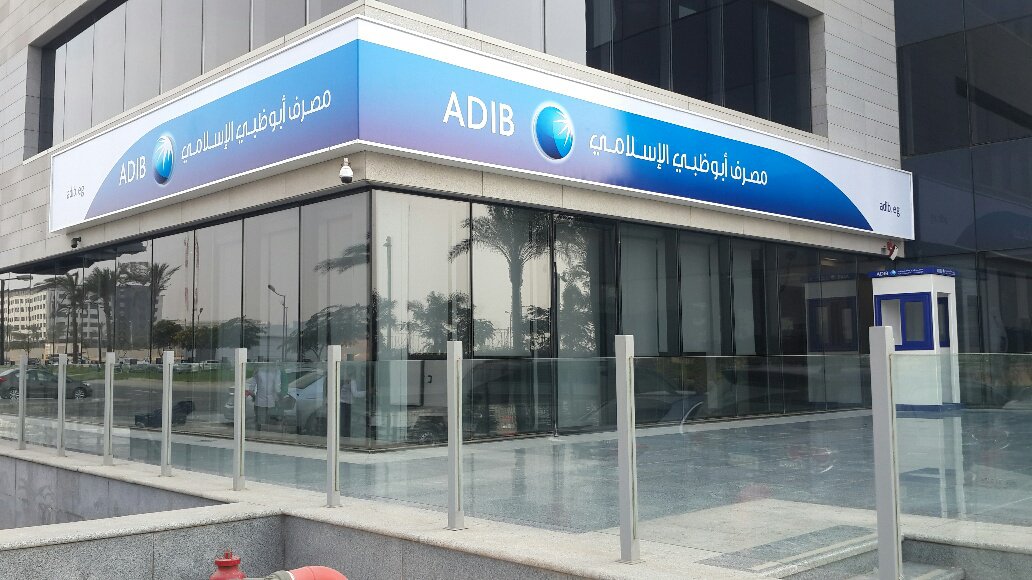ESG remains top focus for miners, but capital risks increase as mineral demand pressure builds amid energy transition

|
Listen to this story:
|
- For a third year in a row, ESG tops the risk radar with heightened scrutiny from investors and community alike
- Capital rises to #2, as mining sector grapples to fund the expansions required to meet increasing demand for minerals crucial to the energy transition
- Cybersecurity is a new entrant at #8, reflecting geopolitical tensions and the sector’s renewed focus on digital transformation
Mining executives rank Environmental, social and governance (ESG) as the biggest risk to their business, according to the EY Top 10 business risks and opportunities for mining and metals in 2024 report. With over 150 participants surveyed globally, this is the third consecutive year it has topped the risk register.
ESG issues are under ever increasing scrutiny from all stakeholders, but particularly investors, which creates challenges from a prioritisation perspective. Miners need to go beyond policy to gain investor confidence and community acceptance, and a focus on net positive outcomes can assist with this, although setting a baseline for measurement is a challenge.
Paul Mitchell, EY Global Mining & Metals Leader, says: “Many miners are focused on achieving a net positive impact. For those who get this right, there are significant benefits including improved access to capital, a healthier talent pipeline and stronger license to operate.”
Mineral demand drives capital shift
Capital has moved up to #2 in the ranking (from #8 in 2022), as the sector competes for investment and incentives to accelerate the exploration and development of minerals and metals crucial to the energy transition. There is a shift from a short-term focus on returns to a long-term view of value, encouraged by recognition that longer-term investment horizons are required to meet 2050 net-zero goals.
Related Article: EY and Microsoft Advance Sustainability Education Worldwide with Green Skills Passport
The sector will, however, need access to significantly more capital if it is to mitigate the looming deficits of minerals needed for the energy transition. To date in 2023, the amount of capital raised through debt and equity has remained steady, but the majority is being allocated to higher growth commodities such as copper, nickel and lithium.
Investment in mining companies is coming from within the energy ecosystem, including automotive and battery manufacturers, and the impact of incentives such as the US Inflation Reduction Act (IRA) is expected to make this more attractive.
Mitchell says: “The race to support the energy transition is accelerating, with the surge in demand for critical minerals underscoring the mining sector’s pivotal role. The intertwining of sectors, such as automotive and battery manufacturing with mining, signals a transformative phase where collaborative efforts will be the cornerstone of sustainable progress.”
Mining sector battles rising cyber threats
Cybersecurity has re-entered the ranking for the first time since 2020, as companies experience increased attacks due to a more complex threat landscape that spans both IT and OT. The survey also highlights a growing concern from miners around intellectual property, as they broaden their thinking from cyber threats being a technology problem to a business risk. With only 40% of Mining and Metals Boards confident they understand the biggest cyber threats facing their organization, according to the EY Global Board Risk Survey 2023, it is clear that cyber requires greater attention.
Whilst miners navigate the multifaceted challenges in the sector, it is also clear that transparency is key to building trust. Miners need to articulate the non-financial value they bring to communities and investors, beyond merely meeting regulatory expectations.
Mitchell says: “This year’s ranking highlights the complex operating environment miners face. The risks are numerous, but history proves the resilience and the inventiveness of the sector to turn these into opportunities. We expect to see more transparency, innovation, collaboration and agility over the next 12 months as mining and metals companies embrace the upside of change.”









